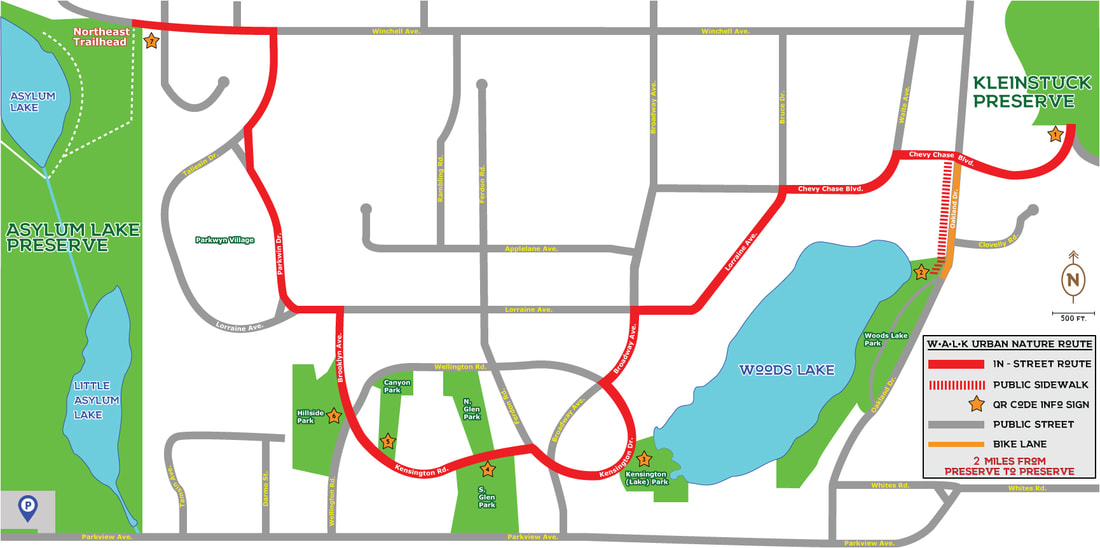- Home
- 2024-25 Speaker Series
- NEIGH. PLAN
-
"WALK" Urban Nature Route
- "WALK" Urban Nature Route :: Kleinstuck Preserve
- "WALK" Urban Nature Route :: Woods Lake Park
- "WALK" Urban Nature Route :: Kensington (Lake) Park
- "WALK" Urban Nature Route :: N. and S. Glen Park
- "WALK" Urban Nature Route :: Canyon Park
- "WALK" Urban Nature Route :: Hillside Park
- "WALK" Urban Nature Route :: Asylum Lake Preserve
- JOIN the Association
- Contact Us
- Neighborhood Issues
- Association Information
- Resource Links
- BUSINESS MEMBERS - Resource Page
- Governance
-
ODWNA Meeting Minutes
- ODWNA Meeting Minutes - 2023-24
- ODWNA Meeting Minutes - 2022-23
- ODWNA Meeting Minutes - 2021-22
- ODWNA Meeting Minutes - 2020-21
- ODWNA Meeting Minutes - 2019-20
- ODWNA Meeting Minutes - 2018-19
- ODWNA Meeting Minutes - 2017-18
- ODWNA Meeting Minutes - 2016-17
- ODWNA Meeting Minutes - 2015-16
- ODWNA Meeting Minutes - 2014-15
- ODWNA Meeting Minutes - 2013-14
- ODWNA Meeting Minutes - 2012-13
- ODWNA Meeting Minutes - 2011-12
- Home
- 2024-25 Speaker Series
- NEIGH. PLAN
-
"WALK" Urban Nature Route
- "WALK" Urban Nature Route :: Kleinstuck Preserve
- "WALK" Urban Nature Route :: Woods Lake Park
- "WALK" Urban Nature Route :: Kensington (Lake) Park
- "WALK" Urban Nature Route :: N. and S. Glen Park
- "WALK" Urban Nature Route :: Canyon Park
- "WALK" Urban Nature Route :: Hillside Park
- "WALK" Urban Nature Route :: Asylum Lake Preserve
- JOIN the Association
- Contact Us
- Neighborhood Issues
- Association Information
- Resource Links
- BUSINESS MEMBERS - Resource Page
- Governance
-
ODWNA Meeting Minutes
- ODWNA Meeting Minutes - 2023-24
- ODWNA Meeting Minutes - 2022-23
- ODWNA Meeting Minutes - 2021-22
- ODWNA Meeting Minutes - 2020-21
- ODWNA Meeting Minutes - 2019-20
- ODWNA Meeting Minutes - 2018-19
- ODWNA Meeting Minutes - 2017-18
- ODWNA Meeting Minutes - 2016-17
- ODWNA Meeting Minutes - 2015-16
- ODWNA Meeting Minutes - 2014-15
- ODWNA Meeting Minutes - 2013-14
- ODWNA Meeting Minutes - 2012-13
- ODWNA Meeting Minutes - 2011-12




